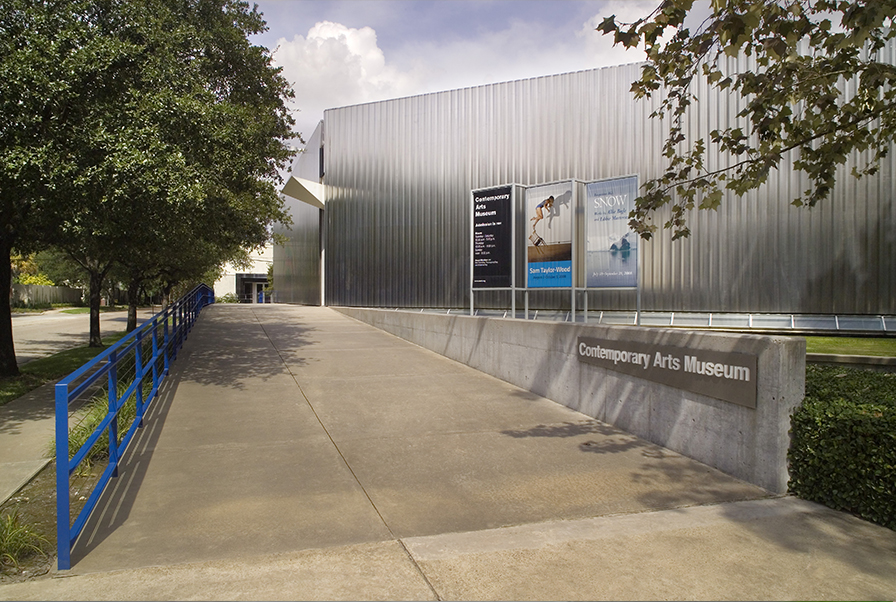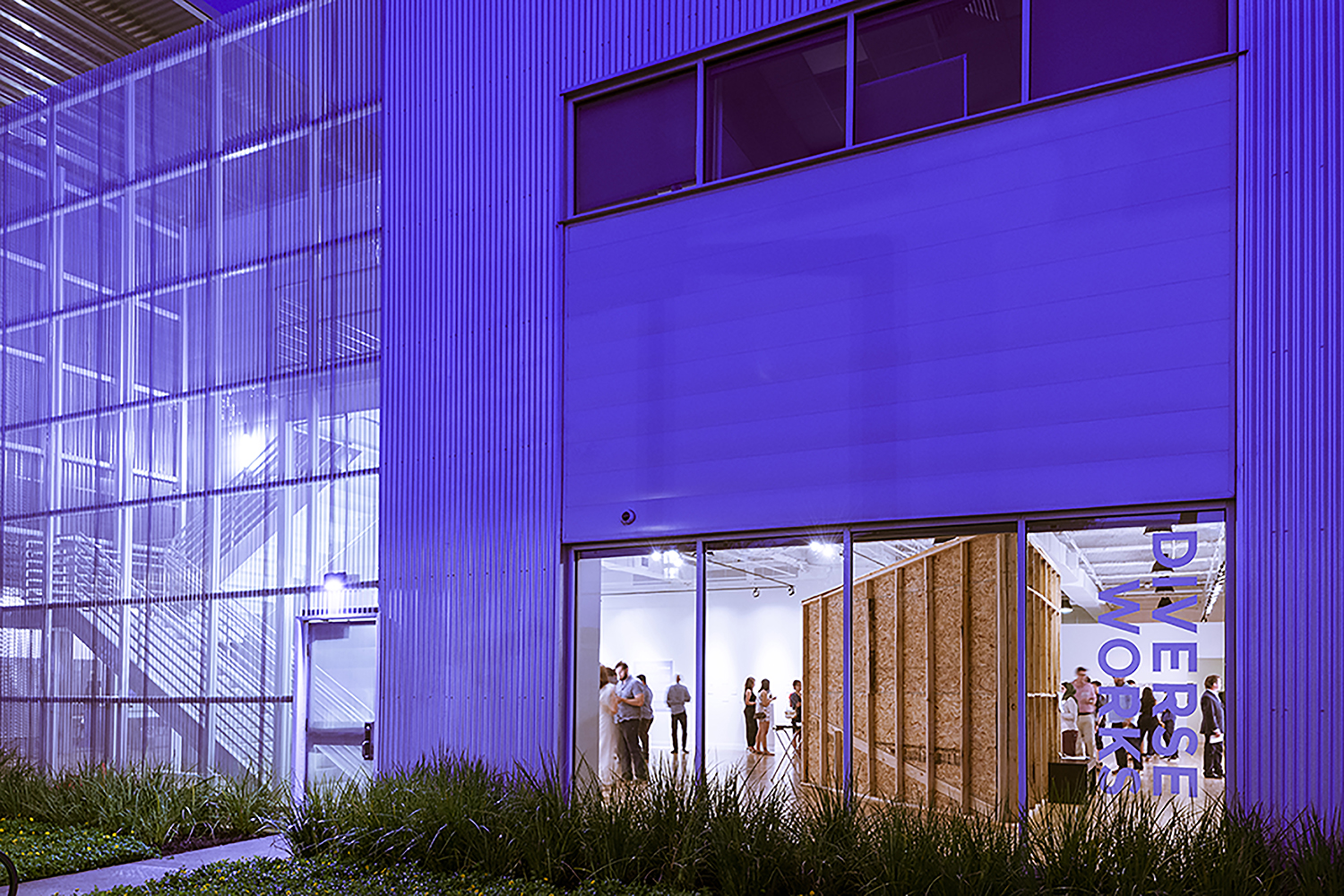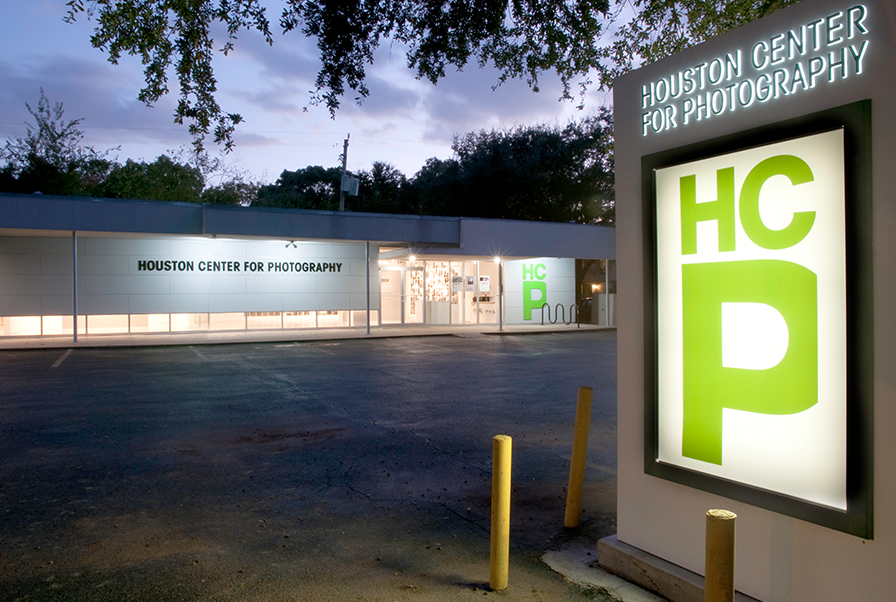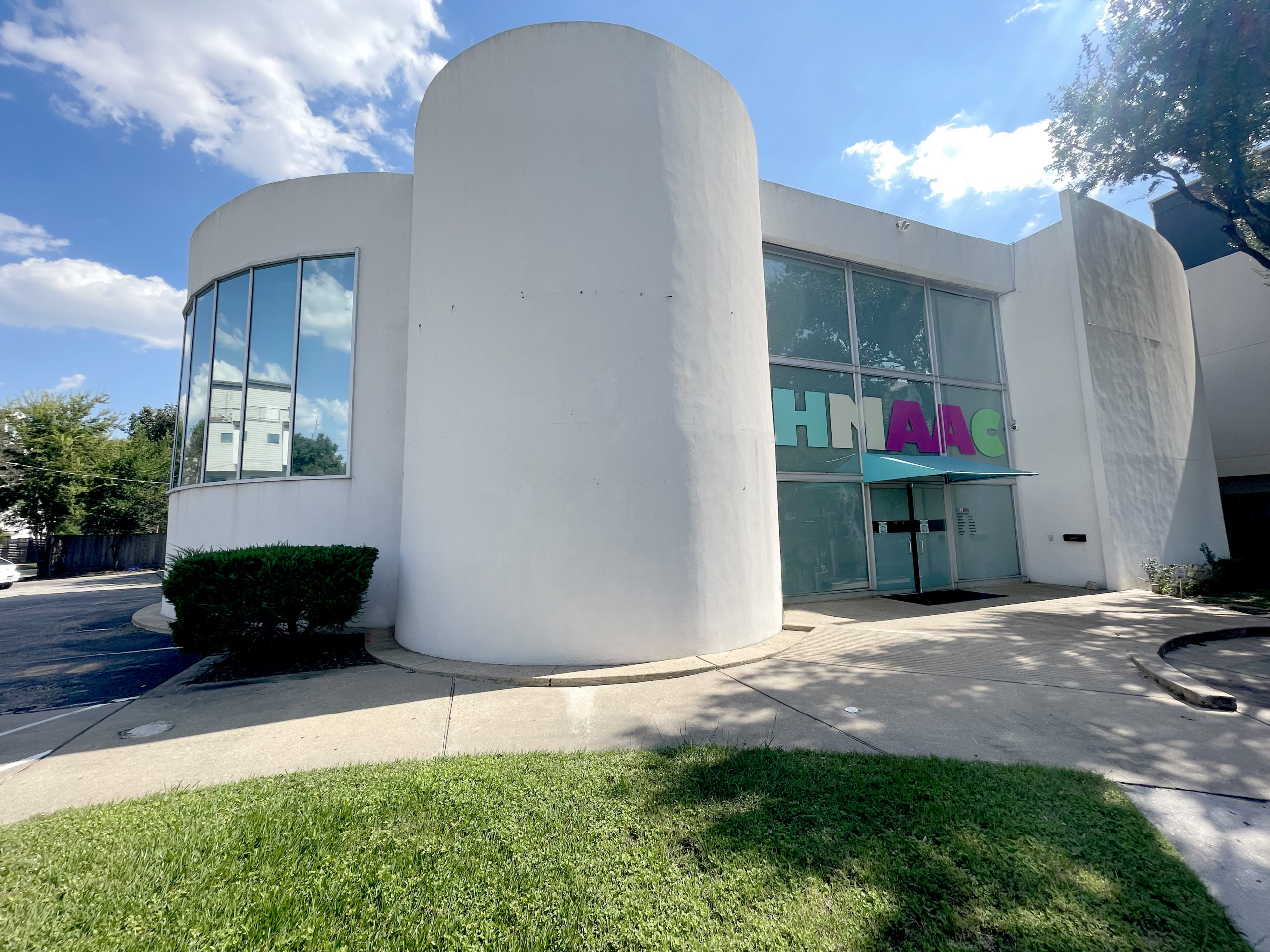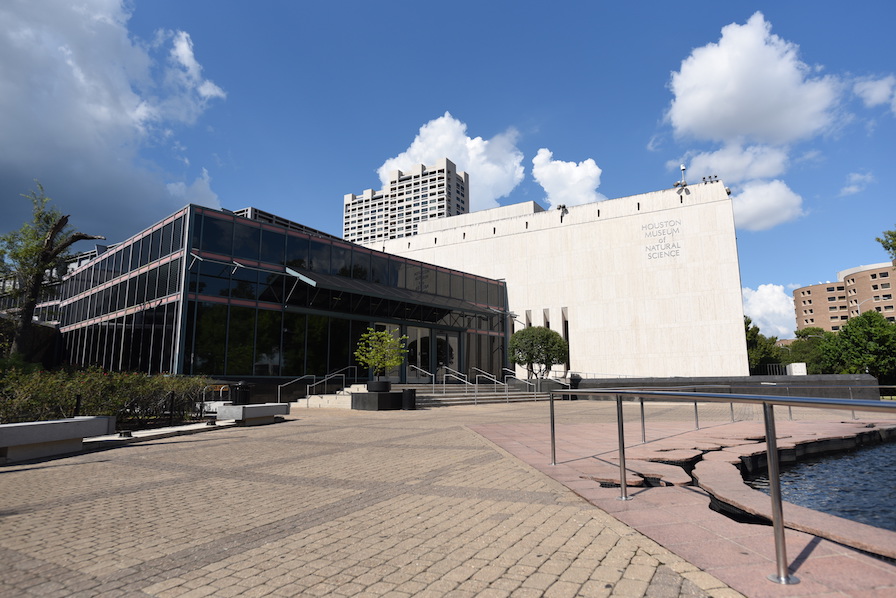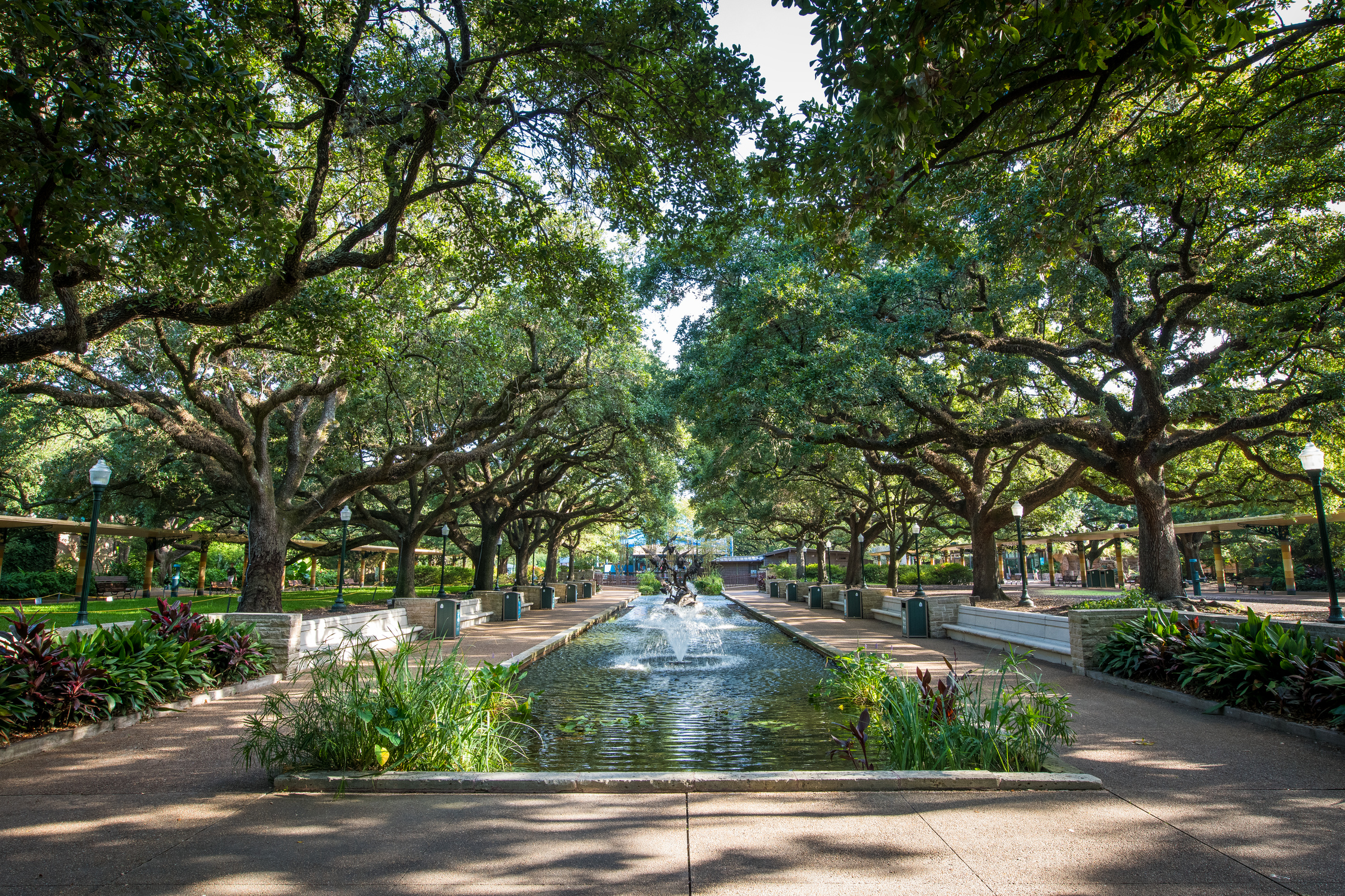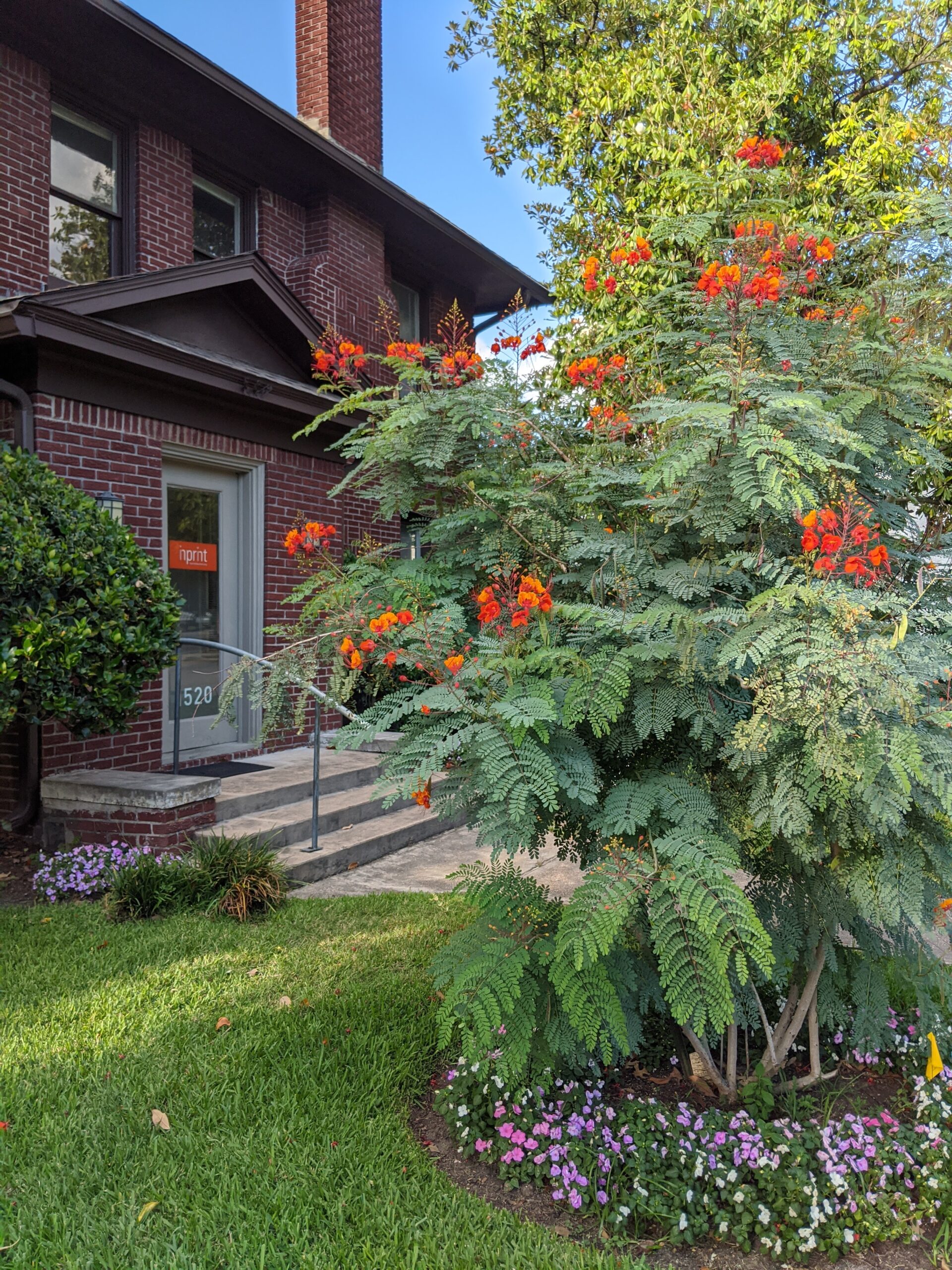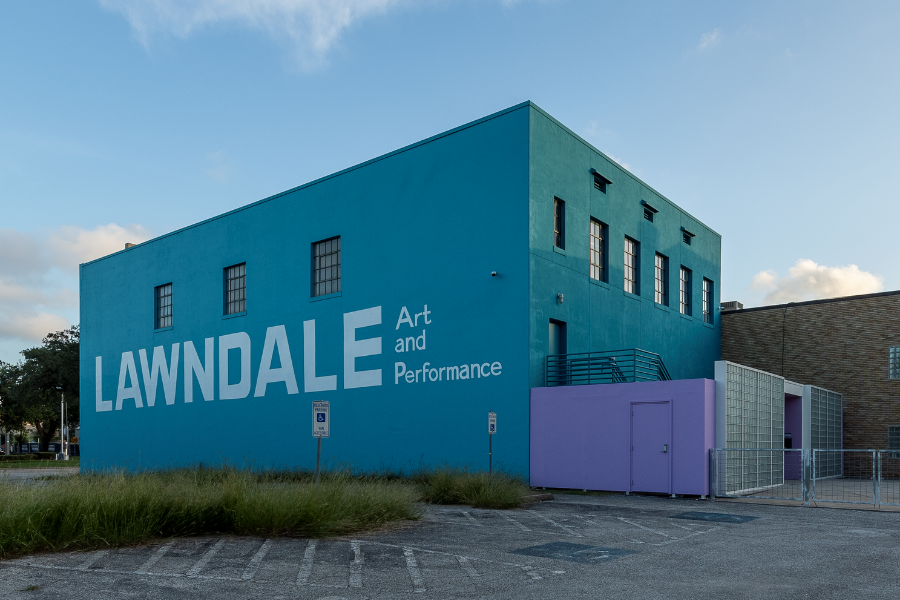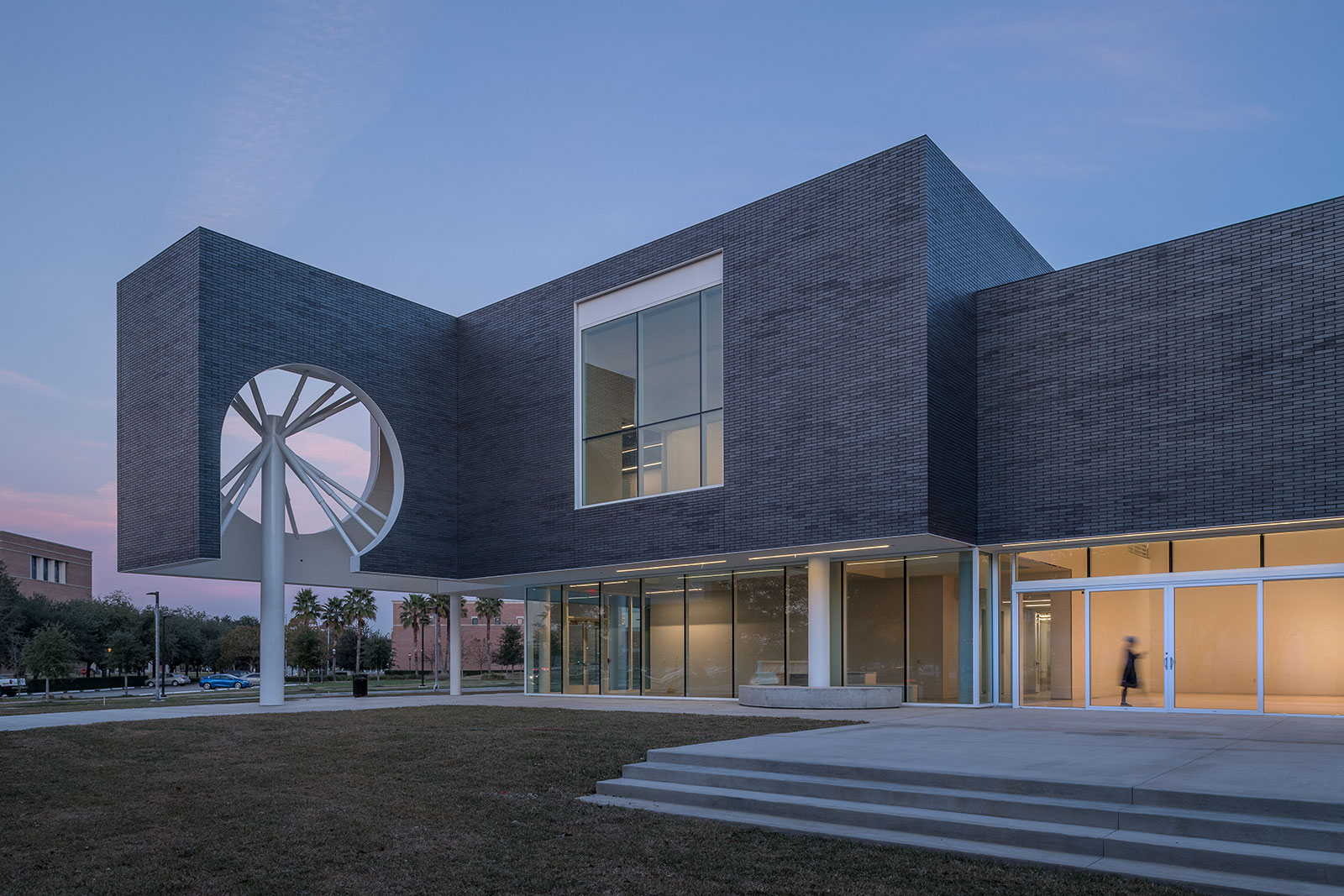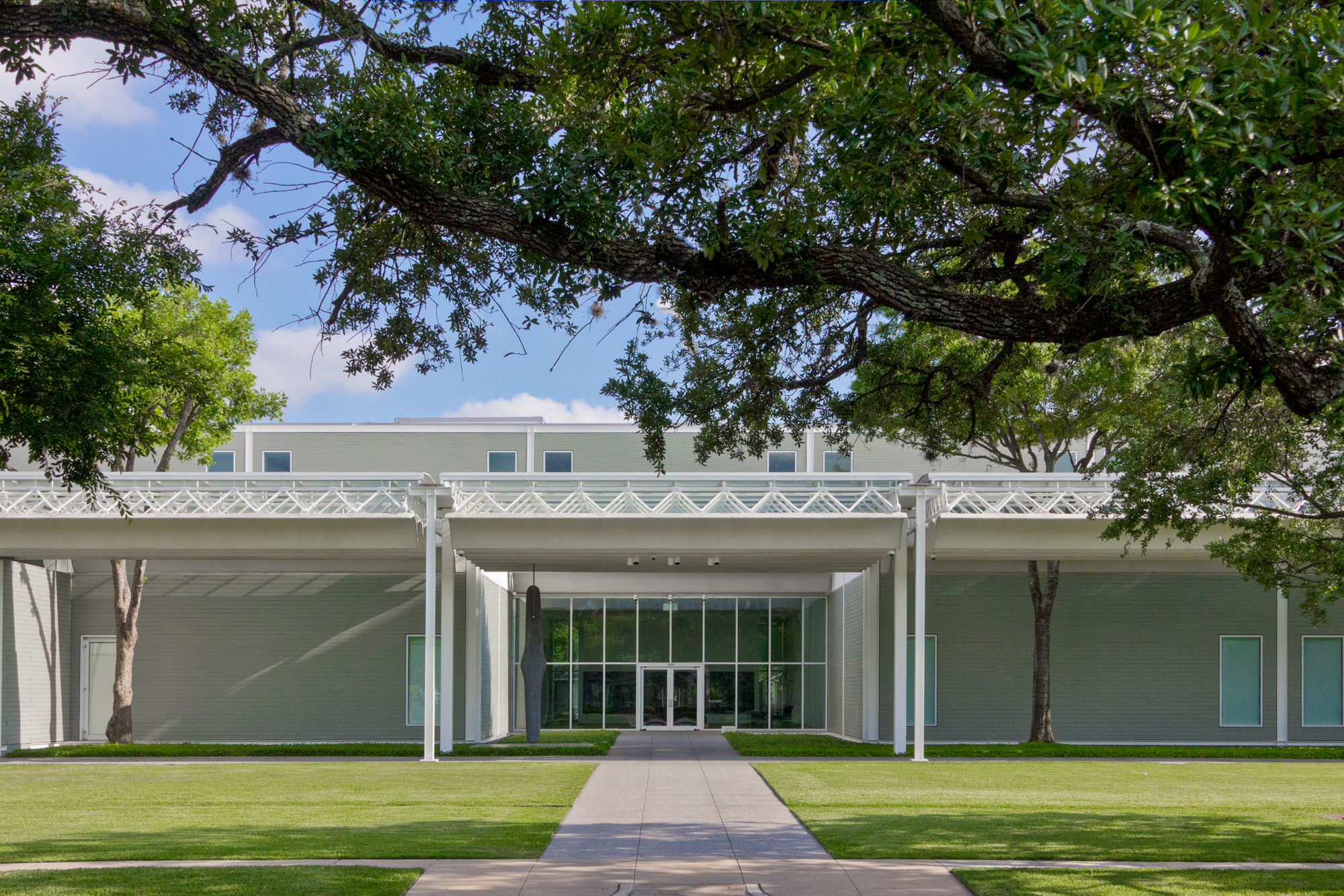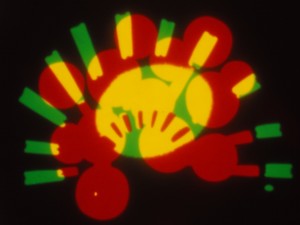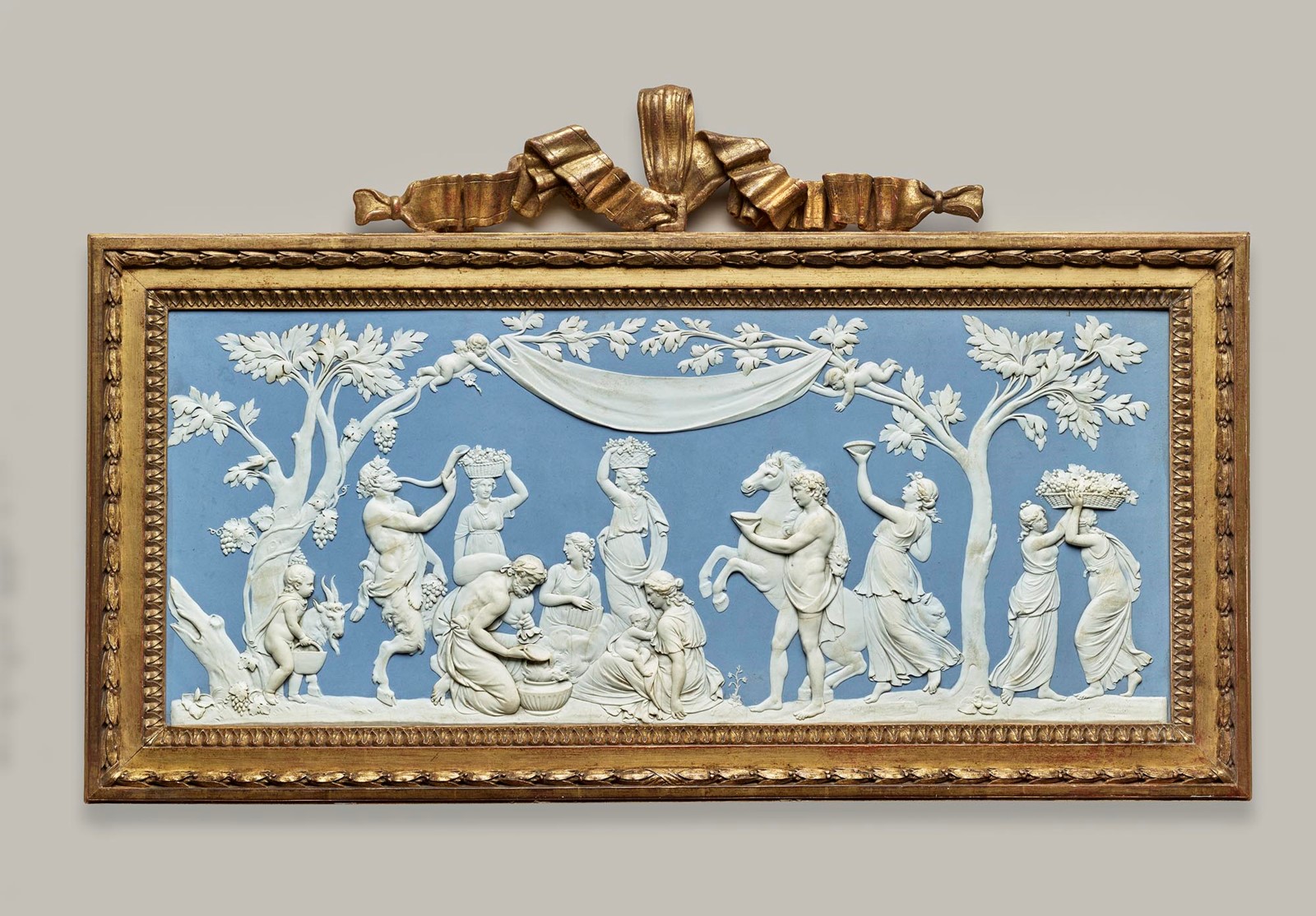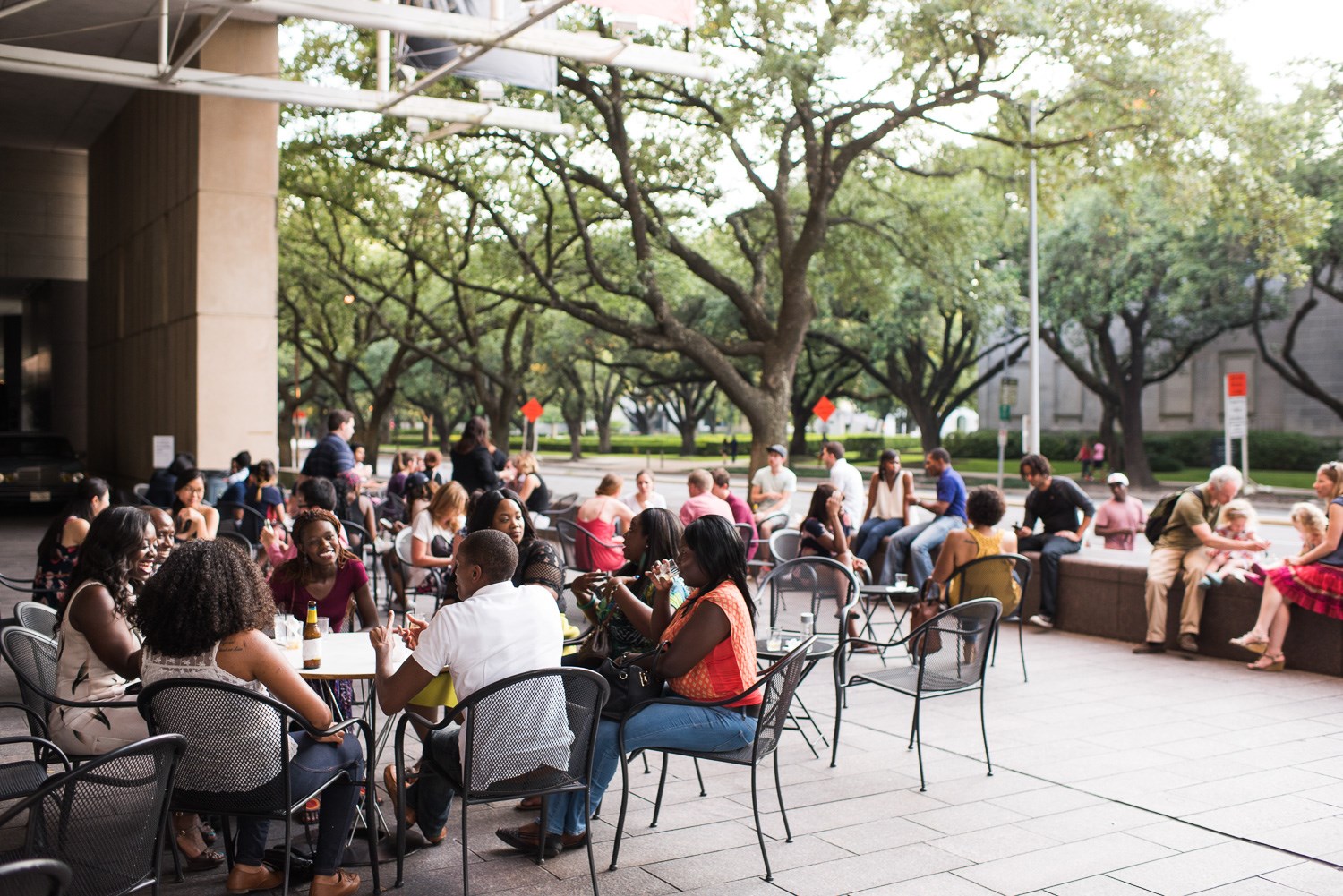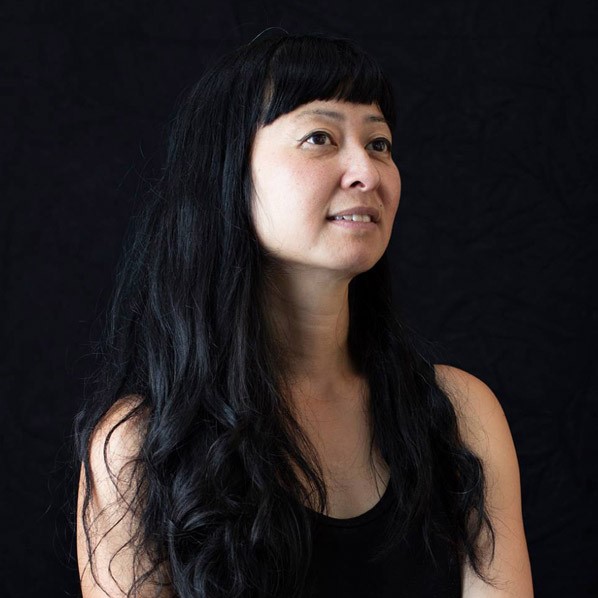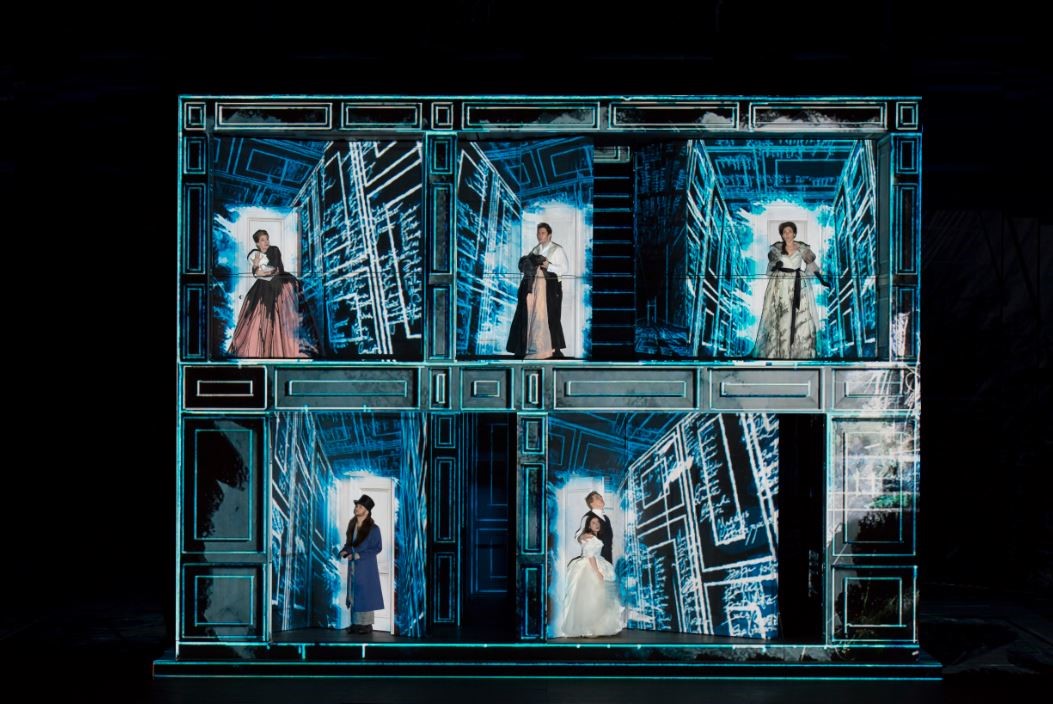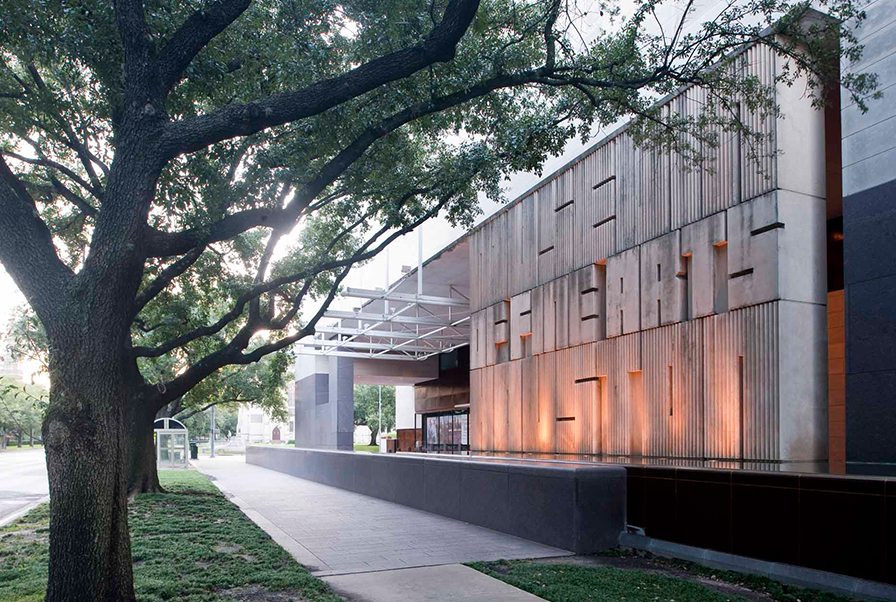
Saturday, Feb. 3, 2018 – Saturday, Feb. 3, 2018
07:00 PM – 08:30 PM
US/Central
Appearance by scholar Dr. Kit Basquin
Post film Q&A moderated by film committee member, Margarita de la Vega-Hurtado
“A pioneer of visual music and electronic art, Houstonian Mary Ellen Bute (1906–1983) produced more than a dozen short abstract animations from the 1930s to 1950s. Set to classical music by the likes of Bach and Shostakovich, and filled with elegant colorful forms and sprightly dance-like rhythms, Bute’s filmmaking is at once formally rigorous and energetically high-spirited, like a marriage of High Modernism and Merrie Melodies. Bute herself wrote that she sought to ‘bring to the eyes a combination of visual forms unfolding along with the thematic development and rhythmic cadences of music.’ ” —film historian Ed Halter
Bute’s early abstract films (some of which were screened regularly at New York’s Radio City Music Hall in the 1930s), included a series of Visual Music films she called Seeing Sound, featuring some rarely seen films in 16mm prints, such as 1935’s Rhythm in Light, a modern artist’s interpretation of Grieg’s “Peer Gynt Suite”; and 1940’s Spook Sport, where ghosts, bats, and bells move to the music’s rhythm in a graveyard.
• Rhythm in Light, 1934, b/w, 5 min. Music: Grieg's "Anitra's Dance." Collaboration with Melville Webber and Ted Nemeth. Premiered at Radio City Music Hall, 1935. In the "Rhythm in Light," the artist uses visual materials as the musician uses sound. Mass and line an brilliant arabesques from the inexhaustible imagination of the artist perform a dance to the strains of Edward Grieg's music. The visual and aural materials are related both structurally and rhythmically - a mathematical system being used to combine the two means of expression. (promotional flyer, Ted Nemeth Studios)
• Dada, 1936, b/w, 3 min. For Universal Newsreel. "Animated with Dada humor to a waltz tune. Witty and delightful, it flashes off the screen too soon." —CUE magazine.
• Parabola, 1937, b/w. Music: Darius Milhaud's "La Creation du Monde." Based on Rutherford Boyd's extraordinary sculpture elaborating the parabolic curve.
• Escape, 1937, color, 5 min. Music: Bach's "Toccata and Fugue in D Minor." Escape was based on a simple plot set against a musical background, and employed geometric figures for the action. (Bute)
• Spook Sport (animated by Norman McLaren), 1939, color. Music: Saint-Saen's "Danse Macabre." A new abstract movie in the 'Seeing Sound' series by M.E. Bute. "Fun abstract movie that PEOPLE are TALKING ABOUT, filled with disembodied spooks, bats and bones." -Allene Talmey, Vogue.
• Tarantella, 1940, color, 5 min. Piano music by Edwin Gershefsky. "An exciting new technique...Unusual and amusing..." (Film Daily) Chosen for the 2010 National Film Registry, by The Library of Congress.
• Polka Graph (Fun with Music), 1947, color, 5 min. Began as an actual chart of Shostakovich's Polka from "The Age of Gold." Award winner at Venice Film Festival. Screens digitally.
• Color Rhapsodie, 1948, color, 6 min. Music: Liszt's "Hungarian Rhapsody No. 2." Premiered at Radio City Music Hall 1951. “[Bute] transcends her influences; her visual imagination triumphs. I like the romantic flair of Color Rhapsody, its visual density ... I think it is time to re-see and re-evaluate all of Bute's work in a new light.”—Jonas Mekas, Soho Weekly News (9/23/76)
•Imagination, 1948, color, 3 min. Produced for Steve Allen show. “... surrealist film ... unreal and delectable shapes floating about ... the work of Mary Ellen Bute—a pioneer in this sort of thing whose talents should be more often used.” —Gilbert Seldes, Saturday Review
• New Sensations in Sound, c. 1949, color. Advertisement produced for RCA sales meetings.
• Pastorale, 1950, color. Music: J.S. Bach’s “Sheep May Safely Graze.” A pictorial accompaniment in abstract forms.
• Abstronic, 1952, color, 7 min. Music: Aaron Copland's “Hoe Down” and Don Gillis’s “Ranch House Party.” These electronic pictures of the music are a natural phenomena which take place in the sub-atomic world; they are then captured on the Cathode Ray Oscilloscope and filmed with the motion picture camera. The colored backgrounds are hand done and superimposed on the electronic animation of the musical themes. In this movie, film artist Mary Ellen Bute combines Science an Art to create "Seeing Sound." (Press release from Ted Nemeth Studios). This title screens digitally.
• Mood Contrasts, color, 1953. Music: “Hymn to the Sun” from The Golden Cockerel and “Dance of the Tumblers” from The Snow Maiden by Rimsky-Korsakov. Premiered at Radio City Music Hall. “An abstract film made in this fashion provides, in the making as well as the seeing and listening, one of the most thrilling experiences the motion picture affords.” (Jesse Zunser, “Kinetic Space,” CUE Magazine)
Presented by the MFAH in association with Aurora Picture Show and the Center for Visual Music. 6mm prints from the Cecile Starr Collection at the Center for Visual Music.
About the Speaker
Dr. Basquin has owned, curated, and directed galleries and museums. Prior to retiring from New York’s Metropolitan Museum of Art, she worked as an administrator for 13 years with prints and drawings. Basquin wrote an annotated bibliography of books and articles on Ethiopian art in 1968, and she has also written a biography about Mary Ellen Bute.
HOURS & ADMISSION
-
Wednesday, 11:00 am - 5:00 pm
Thursday, 11:00 am - 9:00 pm
Friday - Saturday, 11:00 am - 6:00 pm
Sunday , 12:30 pm - 6:00 pm
- Monday (Except selected holidays) | Closed.
- Tuesday | Closed.
- Thanksgiving Day and Christmas Day | Closed.
-
Museum Admission
ALL ACCESS tickets provide entry to Special Exhibitions and the MFAH Permanent Collections. Purchase online or drop by any admissions desk.- MFAH Member FREE
- ALL ACCESS (Adult 19+) $24
- ALL ACCESS (Senior 65+ with ID) $20
- ALL ACCESS (Youth 13–18) $20
- ALL ACCESS (Child 12 & Under) FREE
- *Thursday MFAH Permanent Collections (All Ages) FREE
- *Thursday ALL ACCESS (13 & Up) $10
Directions & Parking
- Free Parking
- Paid Parking
- Street Parking
-
Make visiting a snap! Visit mfah.org/parking for complete parking information.
Three Parking Garages
Parking Garage Hours
Open daily from 6 a.m. to 11 p.m.Parking Garage Fees
- Parking payments may be made only with major credit cards, MasterCard and Visa debit cards, or cash.
- For hourly rates, go to mfah.org/parking
Special Offers / Dining
Paolo Fronza, from Fellini Caffè, runs this sophisticated dining operation. Enjoy an array of Italian-inspired fare with a Texas flair, a European-style coffee bar, a kids menu, and much more at the MFA Café, located on the lower level of the Beck Building.
Events at The Museum of Fine Arts, Houston
Within Walking Distance
Join the Houston Museum District
Join our mailing list for sneak peeks to upcoming events and insider information on the best museum district in the world




